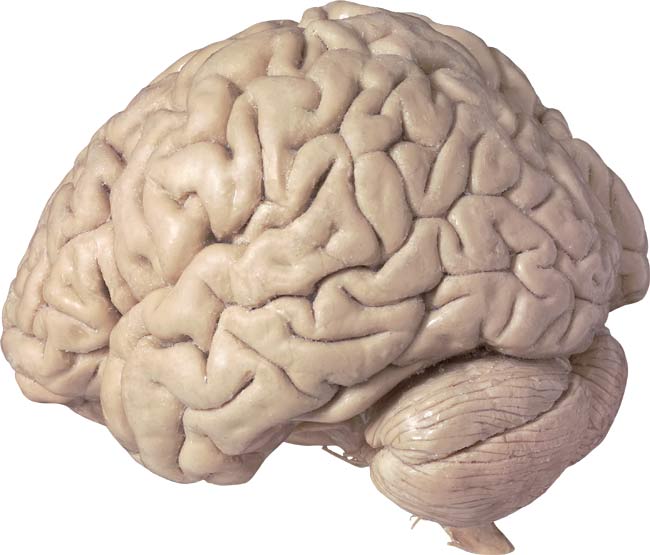What Is a Meningioma? The Science of Mary Tyler Moore's Tumor

The brain tumor for which Mary Tyler Moore will undergo surgery is a meningioma, a non-cancerous tumor located at the meninges, the membranes that line the brain and spinal cord.
Moore, 73, is best known for starring in "The Mary Tyler Moore Show" and "The Dick Van Dyke Show."
"At the recommendation of her neurologist, who has been monitoring this for years, and a neurosurgeon, Mary decided to proceed with this fairly routine procedure," Moore's representative told People magazine.
Moore's meningioma is non-cancerous. But the tumors can also, rarely, be malignant, according to the Mayo Clinic. They usually occur in men and older women.
Cancerous meningiomas are faster growing than non-cancerous meningiomas and can cause brain swelling, according to the University of Pittsburgh Medical Center.
Not all meningiomas must be surgically removed; a doctor may choose to wait and see how it grows, according to the Mayo Clinic. But if the meningioma is causing worsened symptoms, growing too rapidly or is pushing on the brainstem or other nerves, a doctor may recommend surgery to remove the tumor completely. Radiation therapy and some drugs, such ashydroxyurea, are also options if surgery isn't a viable or effective option.
Symptoms of a meningioma are changes in vision, hearing loss, memory loss, seizures, headaches and weakness in the arms and legs. Most of these symptoms evolve slowly over time.
Sign up for the Live Science daily newsletter now
Get the world’s most fascinating discoveries delivered straight to your inbox.
There is no known cause for a meningioma, though identified risk factors include having undergone radiation therapy, taking female hormones and having a rare inherited nervous system disorder called neurofibromatosis type 1, according to the Mayo Clinic.
Pass it on: Mary Tyler Moore is undergoing surgery for a meningioma, a kind of brain tumor, but the tumor is benign.
Follow MyHealthNewsDaily staff writer Amanda Chan on Twitter @AmandaLChan.
This story was provided by MyHealthNewsDaily, a sister site to LiveScience.










